Tibialis anterior stretch: Health benefits, Types, How to do?
Tibialis anterior stretch is an important exercise to improve flexibility of your lower leg, this exercise have many health benefits and reduce the risk of injury.
What is the tibialis anterior stretch?
The Tibialis anterior (Tibialis anticus) is located on the lateral side of the tibia; it is thick and fleshy on the top, tendinous on a bottom. The fibers run vertically lower, and end in a tendon, which is visible on the anterior surface of the muscle at the lower third of the leg.
If you have tight shin muscles or pain, you need to spend some time stretching your anterior tibialis muscle. Its action is to bend the foot upwards, as well as to control the foot as it lowers back to the floor. This muscle is mostly used in a running, walking, and in sports such as basketball and tennis, which have a lot of little races.
What are the benefits of tibialis anterior stretching?
There are many benefits you should know :
- Decreased risk of injury to calves, ankles and feet
- Reduced chance of getting tibialis anterior tendonitis
- Better ground clearance when walking to avoid tripping
- Reduce the risk of developing shin splints and stress fractures
- Fast up recovery of shin splints.
- Increased athletic performance in sports where the ankle is “locked” like in soccer to kick a ball
- Increases the ankle range of motion. such as dorsiflexion,inversion, and adduction.
- It also maintains the medial arch of the foot.
- It also helps in the anticipatory postural adjustment (APA) part during gait beginning tibialis anterior perform knee flexion at the stance limb by causing forward displacement of the tibia.[4]
- It also helps in eccentric deceleration of foot plantar flexion, pronation and eversion.
What are the types of anterior tibialis shin stretch?
There are some types of anterior tibialis shin stretch :
- Standing Anterior Tibialis Shin Stretch
- Kneeling Shin Stretch
- Seated Shin Stretch
- Lying Shin Stretch
- Toe walking
- Ankle ABC’s
- Standing Stretch
- Tibialis anterior muscle stretch
Standing Anterior Tibialis Shin Stretch

How to do: Stand tall. You need to use a hand on a wall or other support for balance.
Slightly bend your both knees.
The right foot remains squarely on the floor. The foot to be stretched or left foot is placed just behind this stable/right foot, with the toe of the left foot touching the floor.
Keeping your toe firmly on the floor, pull the left leg forward so you feel a stretch from the top of your left foot through your shins.
Once you feel a stretch, hold it for 10 to 30 seconds.
Repeat the stretch with the right foot.
Kneeling Shin Stretch
How to do: Kneeling can be used for slowly stretching the shins.
You must have good knee flexion to perform this stretch as you will be sitting on your heels. If it causes pain in your knees, don’t perform it.
Kneel on a mat with the tops of your feet flat on the ground and your buttocks over your heels.
You feel stretching on your shin.
Hold for 10 to 20 seconds.
Seated Shin Stretch
How to do: Sit on a chair.
Drop your knee towards the floor so the toe of your foot is extended into the floor as in the standing stretch.
Slowly pull forward while the toe is planted on the floor, similar to the standing stretch but seated.
Hold for 10 to 20 seconds.
Repeat for both feet.
Lying Shin Stretch

How to do: This stretch is similar to the lying quadriceps stretch.
Lie on your one side. Now, bend your upper knee so your foot is behind your back.
Reach back and grasp your forefoot, pulling it towards your back.
Hold for 10 to 20 seconds.
Repeat for both feet.
Toe walking
How to do: Stand tall. Now transfer your body weight onto your toes and heels off the ground.
Then walk on your toes which gives you dynamic shin stretch.
You can use the wall for support during the walk.
Walk 1-2 minutes.
Ankle ABC’s
How to do: Moving your ankle in multiple directions is one way to slowly stretch your tibialis anterior.
Take a comfortable sitting position with your feet unsupported. Remove your shoes and socks.
Gently draw the alphabet in the air, leading with your big toe. Draw as far as possible in each direction. Never allow your knee to move — all movement should come from your ankle.
Every time your foot is pointed downward, you should feel a pulling sensation along the front of your shin.
Repeat the alphabet 2-3 times on both legs.
Standing Stretch

How to do: Do this stretch with a partner or near a stable surface.
Stand on your right foot. To stretch your left tibialis anterior, bend your left knee and draw your heel up toward your buttock.
Grasp the top of your left foot with your left hand and pull it in closer to your buttock.
Your toes should be pointed up toward the roof.
Slowly pull your foot in until you feel a stretch along the front of your left shin.
Hold for 25 to 30 seconds, then relax. Repeat 3 times on both legs.
Tibialis anterior muscle stretch
How to do: Kneel on the ground with the tops of the feet facing down on the ground.
Put the hands in front while pointing slightly inwards.
Lean forward, giving weight on the hands, and lift the body while keeping the feet in contact with the ground to feel the stretch.
Hold this muscle stretch for 15–30 seconds and repeat 2–3 times.
What are the safety and precautions of doing tibialis anterior stretch?
There are some safety measures you need to look for:
- Don’t bounce during the tibialis anterior stretch.it causes injuries to your muscles. Such as strain.
- Never overstretch a tibialis anterior muscle.
- Don’t perform it so many times, it causes fatigue to your muscle. You should use a suggested time of repetitions.
- Holding time of your stretch should be recommended by your therapist which is normally 30-60 seconds.
- Never perform a stretch on the prior injured part of your body. Such as fractures, sprains etc.
- Never stretch cold muscles, it causes pain. stretch it once you warm up your muscle.

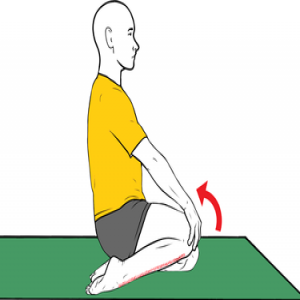
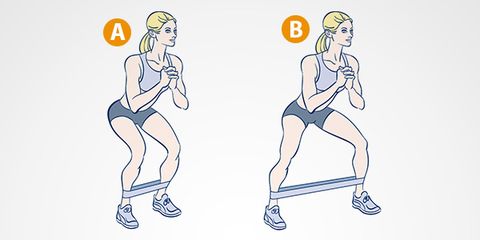
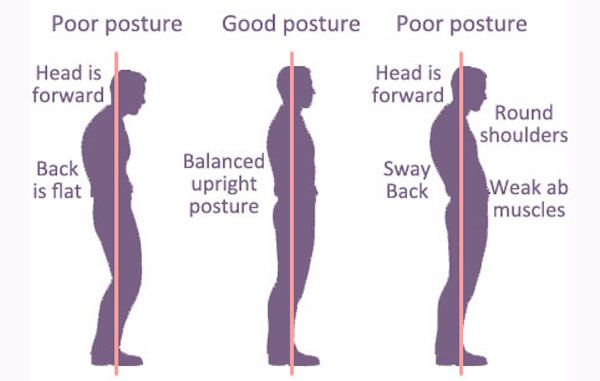
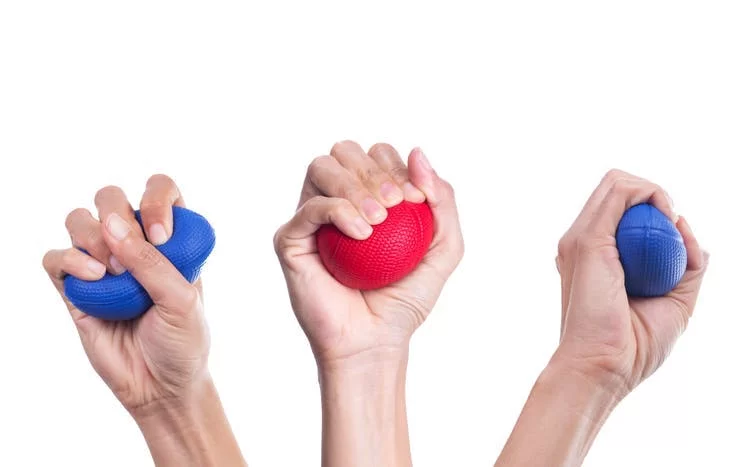

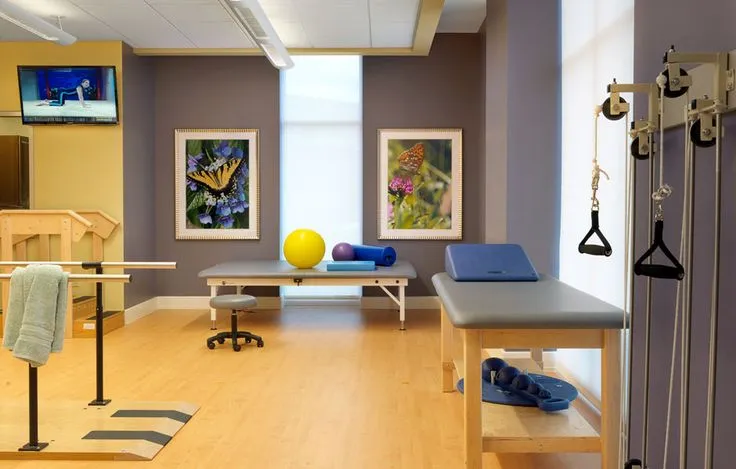
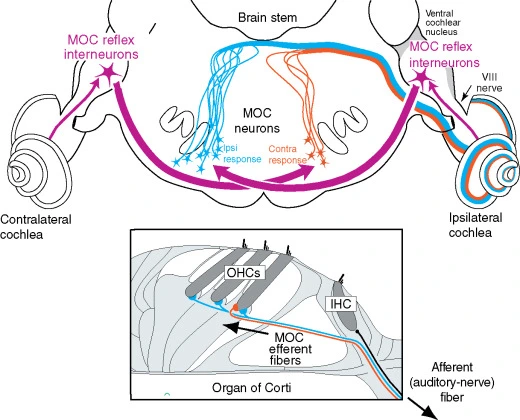
One Comment